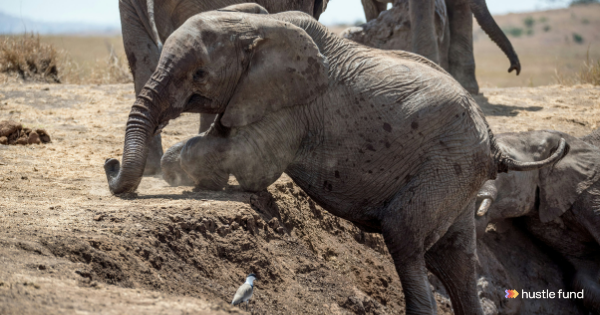Why companies need a brand story
In 1889, brothers Andre and Edouard founded Michelin. They had invented the removable pneumatic tire for automobiles. It was revolutionary.
But there was one problem. France only had 3,000 cars. And they weren't driven often enough for the tires to deteriorate.
To increase the demand for cars (and tires), the brothers had to promote travel. Enter the Michelin Guidebook. It had information for travelers, such as maps, destinations, best hotels, how to change tires, and more. The guide was an instant hit (and remains a cultural phenomenon even to this day).
As more people purchased the book, more bought cars and started traveling… ultimately leading to the explosion of tire sales. But the best part was how the guidebook helped Michelin establish and share its story. It helped the brand connect with customers and dominate their mind-share. Today, Michelin is both an iconic dining guide and, more importantly, the largest tire-selling company, with $30B+ in annual sales.
This is the power of storytelling. When you hone your brand’s story, you’ll connect with the people you need most: customers, employees, and investors. So, how do you get started?
We did a webinar on storytelling with Robin Zander, founder of Zander Media. His company has worked with Sequoia, Lattice, and others. Here are his two strategies to refine your company’s story:
Talk to customers
A few years ago, Robin was considering getting an MBA. Rather than spending hours researching schools and applying for admission, he talked to others who had been in his shoes before.
At the time, Robin drove for Lyft and came into contact with former and current MBA students. He interviewed them about the pros and cons of an MBA.
After talking to 25 people, he learned that while an MBA is good for building a network, brand affiliation, and getting certain types of jobs, he could get the actual expertise out in the real world.
So, Robin didn’t get an MBA. Talking to people helped him make an objective decision.
That’s what you should do, too:
- Identify your target customers and how to reach them.
- Prepare a list of questions to uncover their pain points, needs, and motivations.
- Target those motivating emotions in your content (landing page, blog, videos, podcasts, etc.) to craft a story.
Leverage the underdog narrative 🐶
If you’re building in a crowded market, you’ll have established incumbents: Other players in the space who have been working on solving the same problem for much longer than you.
To improve your storytelling, play the David vs Goliath game. People love to root for the Davids (the underdogs), and you should position yourself as such to win.
That's what Avis did. The car rental company always trailed behind the leader, Hertz. So, in 1962, it embraced its second-place status and launched the “We Try Harder” campaign to promote the brand’s customer service. “When you’re only No. 2, you try harder,” read the tagline.
Through a series of print ads, Avis conveyed that it was willing to go the extra mile to provide excellent service.




The campaign was successful. Within a year, Avis went from losing $3.2M to earning a profit of $1.2M in more than a decade. It also reduced the market share gap from 61 (Hertz)–29 (Avis) to 49–36.
The lesson here is to position yourself as the anti-competitor.
As the incumbent company gets older, it often has negatives associated with it. Look for those weaknesses in them and present yourself as the alternative.
Follow these two strategies to improve your brand’s storytelling.
Oh and watch the complete webinar with storytelling expert Robin Zander here.
Happy storytelling,
Sameer
This article was written by Sameer Ansari. When he's not writing for technology startups, VC funds, and investors, he's obsessed with human psychology and soccer.











